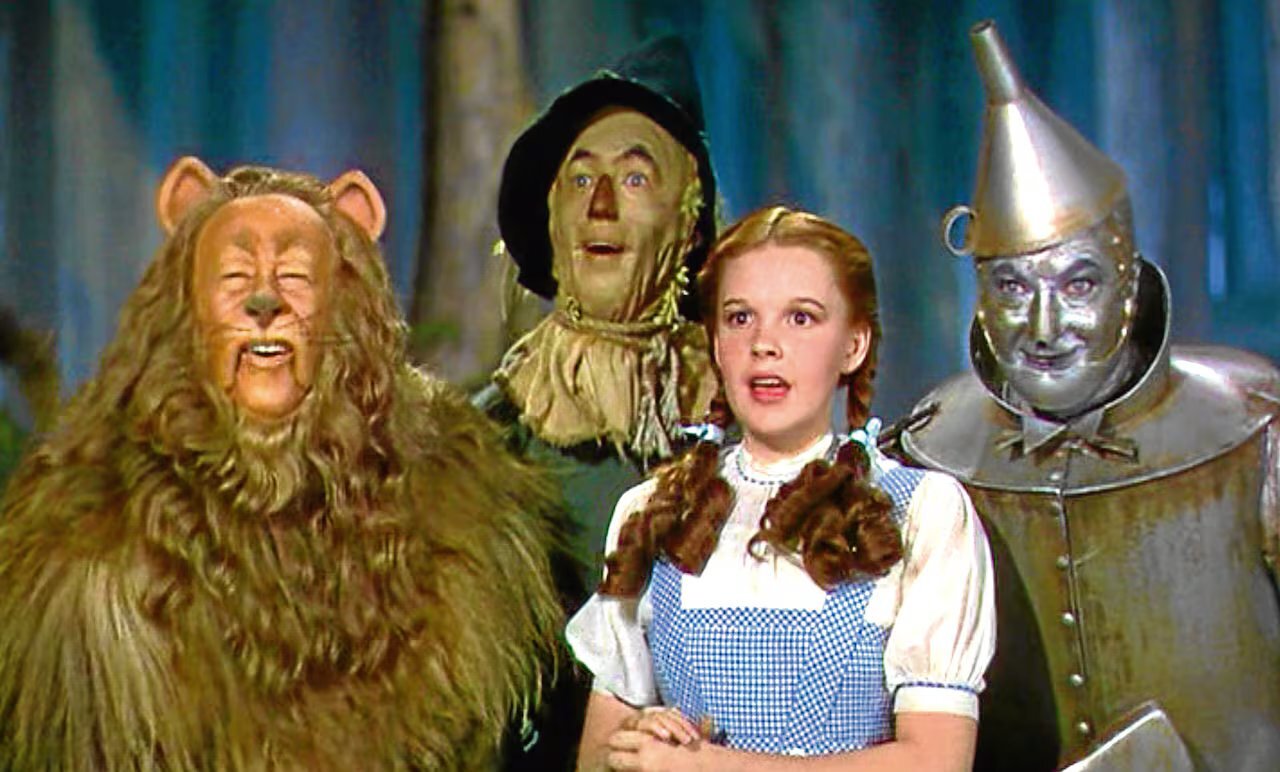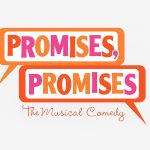
Ever wondered why The Wizard of Oz continues to capture hearts decades after its release? Well, you're in for a treat! Behind the emerald curtains of this beloved classic lie tales as intriguing as the film itself. From on-set mishaps to hidden messages, the journey down the yellow brick road is packed with more twists and turns than a Kansas tornado. Ready to peek behind the curtain? Let's unravel the mysteries and uncover 20 chilling facts about The Wizard of Oz that will have you seeing this cinematic masterpiece in a whole new light. Fasten your seatbelts, folks; we're not in Kansas anymore!
Key Takeaways:
- "The Wizard of Oz" was a groundbreaking film with a troubled production, but its impact on popular culture and technological innovations continues to enchant audiences of all ages.
- From hidden meanings to unusual facts, "The Wizard of Oz" is a treasure trove of fascinating stories that have captivated audiences for generations.
The Origin of The Wizard of Oz
L. Frank Baum wrote "The Wizard of Oz," originally titled "The Wonderful Wizard of Oz," in 1900. This children's novel quickly became a classic of American literature and has inspired countless adaptations, including the iconic 1939 film.
- Baum claimed the name "Oz" came from a filing cabinet labeled "O–Z."
The Making of the 1939 Film
The 1939 adaptation of "The Wizard of Oz" is one of the most famous films in history, known for its use of Technicolor, fantasy storytelling, and memorable music.
- Judy Garland, who played Dorothy, was only 16 years old during filming.
- The film's iconic ruby slippers were originally silver in Baum's book but were changed to red to take full advantage of Technicolor.
Behind the Scenes Challenges
While the film is beloved, the production faced numerous challenges and controversies.
- Margaret Hamilton, who played the Wicked Witch of the West, suffered severe burns during a special effects mishap.
- Buddy Ebsen, originally cast as the Tin Man, had to leave the project due to a severe allergic reaction to the aluminum powder makeup.
The Wizard of Oz's Cultural Impact
Since its release, "The Wizard of Oz" has had a profound impact on popular culture, influencing movies, music, and literature.
- The phrase "There's no place like home" has become one of the most famous lines in movie history.
- "Over the Rainbow," performed by Judy Garland, won the Academy Award for Best Original Song.
Hidden Meanings and Allegories
Some scholars and fans believe that "The Wizard of Oz" contains hidden meanings and allegories related to political, economic, and social issues of the time.
- Some interpretations suggest that the Yellow Brick Road represents the gold standard, and the Emerald City symbolizes Washington D.C.
- Others believe the Scarecrow, Tin Man, and Cowardly Lion represent American farmers, industrial workers, and politicians, respectively.
The Wizard of Oz in Pop Culture
The legacy of "The Wizard of Oz" extends far beyond the original book and film, with references and homages appearing in various forms of media.
- The film has been referenced in countless other movies, TV shows, and songs over the years.
- "Wicked," a Broadway musical, tells the story of the Wicked Witch of the West before Dorothy's arrival in Oz.
Fascinating Facts About the Cast
The cast of "The Wizard of Oz" became iconic, but there are many fascinating facts about the actors behind the beloved characters.
- Judy Garland had to wear a painful corset to appear younger and fit the role of Dorothy.
- Ray Bolger, who played the Scarecrow, initially was cast as the Tin Man but insisted on playing the Scarecrow, his preferred role.
The Wizard of Oz's Technological Innovations
The 1939 film is renowned for its technological achievements, particularly in the use of color and special effects.
- "The Wizard of Oz" was one of the first films to use Technicolor effectively, creating a vibrant look that was groundbreaking at the time.
- The tornado scene was created using a 35-foot-long muslin stocking, rotated and filmed with miniatures to achieve the effect.
The Legacy of The Wizard of Oz
Decades after its release, "The Wizard of Oz" continues to be a beloved classic, enchanting new generations of fans.
- The Library of Congress has declared it the most viewed film in movie history.
- In 1989, the film was one of the first 25 films to be inducted into the National Film Registry for being "culturally, historically, or aesthetically significant."
Unusual Facts About The Wizard of Oz
Beyond the well-known stories, there are several unusual and lesser-known facts about "The Wizard of Oz."
- The "horse of a different color" was colored with Jell-O crystals, which the horses kept trying to lick off.
- The snow in the poppy field scene was made from asbestos, a common practice in filmmaking at the time but now known to be highly toxic.
- Toto, Dorothy's dog, was paid $125 per week, more than some of the human actors.
A Curtain Call on Oz's Mysteries
Diving into the world of The Wizard of Oz has been nothing short of a whirlwind adventure, much like Dorothy's own journey to the Emerald City. We've uncovered secrets and shared tales that transform how we view this iconic film. From the astonishing revelation of the Horse of a Different Color to the poignant history behind Judy Garland's performance, each fact adds layers to our understanding and appreciation. Toto's salary, the Tin Man's makeup ordeal, and the Munchkins' behind-the-scenes antics remind us that magic and mayhem went hand in hand in creating this masterpiece. As we pull back the curtain on these fascinating insights, let's carry forward the wonder and curiosity that The Wizard of Oz inspires. Here's to exploring more hidden corners of our favorite stories, with eyes wide open to the marvels they hold.
Frequently Asked Questions
Was this page helpful?
Our commitment to delivering trustworthy and engaging content is at the heart of what we do. Each fact on our site is contributed by real users like you, bringing a wealth of diverse insights and information. To ensure the highest standards of accuracy and reliability, our dedicated editors meticulously review each submission. This process guarantees that the facts we share are not only fascinating but also credible. Trust in our commitment to quality and authenticity as you explore and learn with us.


